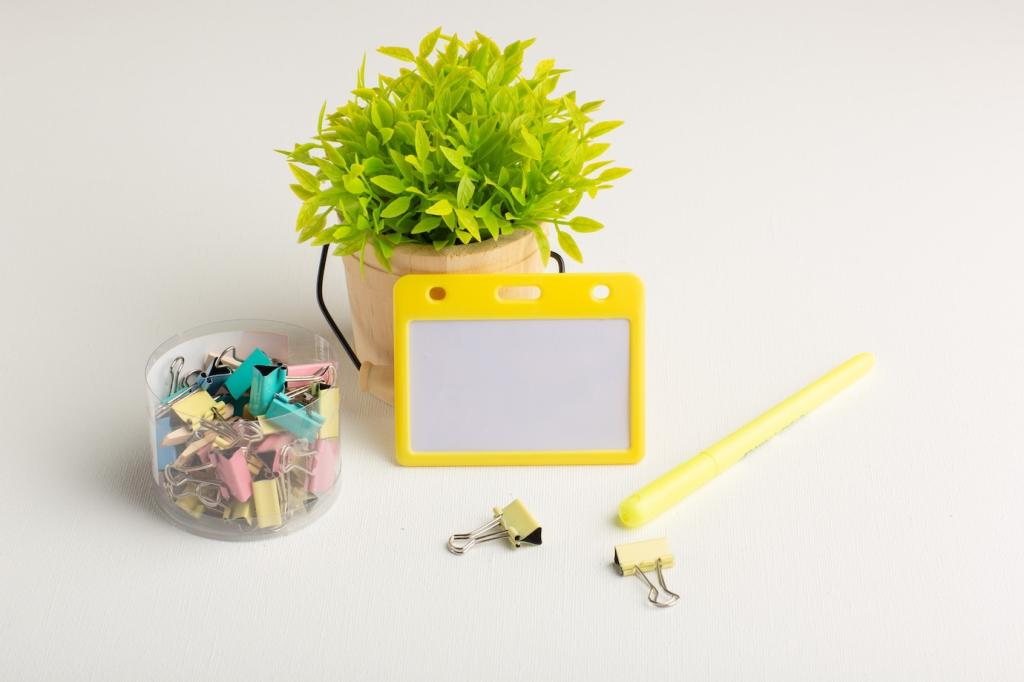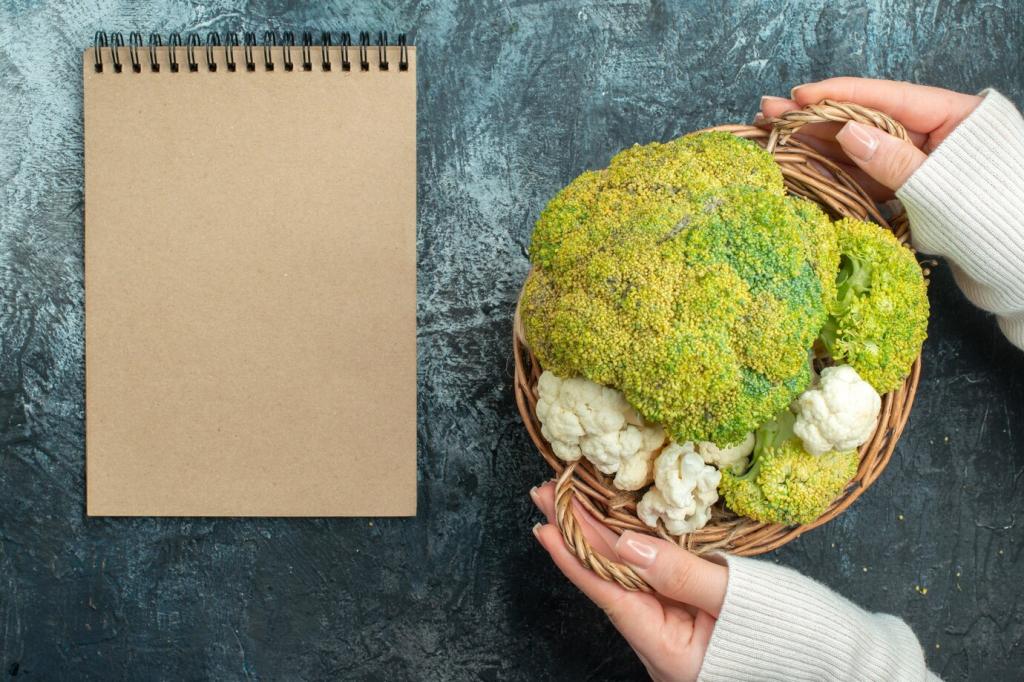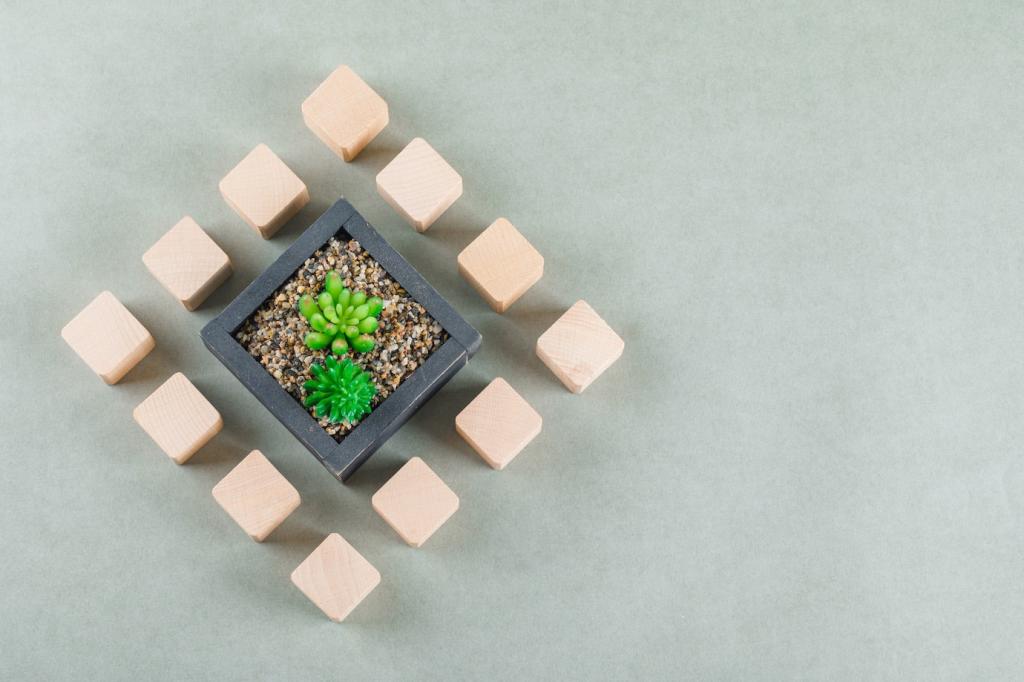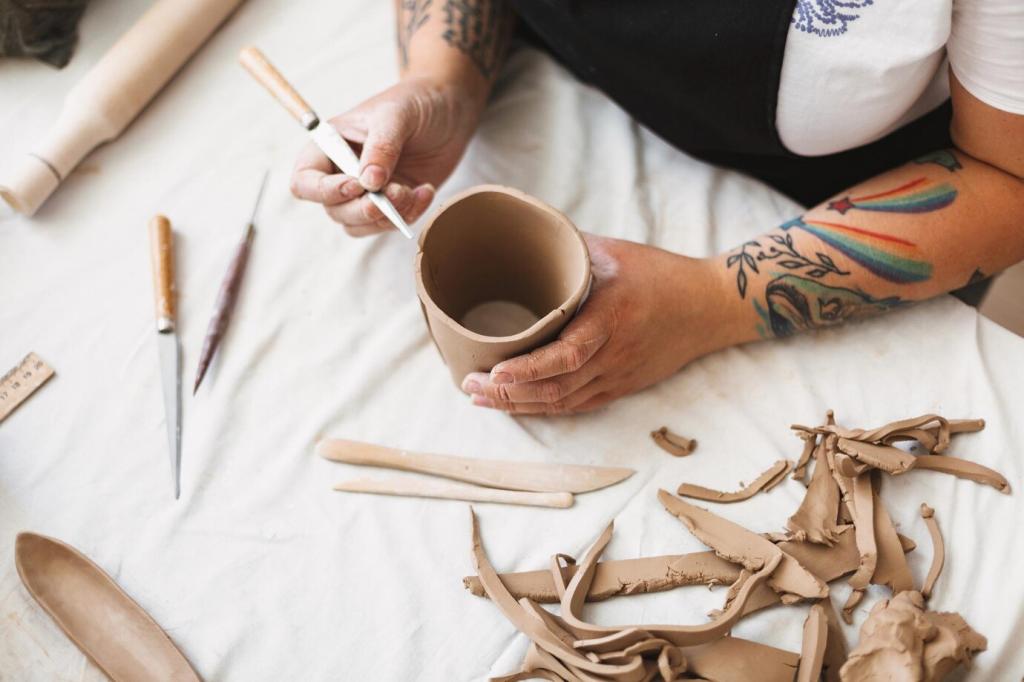Reinvent Your Home: DIY Furniture Makeovers Using Upcycled Items
Finding Treasure: Where Upcycling Materials Hide
Thrift Stores and Curbside Gold
Go early, go often, and look past scratches to spot solid frames, dovetail joints, and hardwood. Chat with staff about delivery days, check curb alerts after moving weekends, and always carry measurements. Tell us your best street-find story in the comments.
Deconstruction for Parts
Old tables donate leaf boards, doors yield hinges, and broken chairs offer spindles for hooks or rails. Keep a labeled bin of salvaged screws, knobs, and brackets. Careful prying and a heat gun preserve character pieces you can reuse in your next makeover.
Digital Marketplaces Done Right
Set alerts for keywords like solid wood, maple, or mid-century. Ask for underside photos to check joinery, and verify sizes against your space. Be friendly, pick up fast, and bring moving blankets. Share your marketplace wins so readers can learn from your approach.

Degrease with a gentle cleaner, rinse, then scuff sand to give finishes a tooth for adhesion. Fill chips with wood filler, let it cure, and sand flush. A patient, dust-free wipe-down prevents tiny bumps that can ruin a gorgeous painted or stained surface.

Choose bonding primer for glossy laminates and shellac-based primer to block tannin bleed on oaks, mahogany, or knots. Light, even coats matter. Label your primer choices on the can so future projects benefit from what worked and what did not today.

Test suspect paint with a lead check, and wear a respirator while sanding. Work outdoors or in a well-ventilated space with gloves and eye protection. Collect dust with a vacuum sander, and dispose responsibly. Your health is worth slow, careful preparation.


Finishing Techniques to Elevate the Ordinary
Try a base coat, a misted wash, then dry-brushing on raised edges for instant age and charm. Blend analogous colors for subtle shifts. Seal with a durable topcoat. If you love nuanced finishes like this, subscribe for our monthly palette and technique breakdowns.
Finishing Techniques to Elevate the Ordinary
Lift bubbled veneer gently with heat, re-glue with wood adhesive, and clamp flat. Replace missing bits with patch veneer, minding grain direction. Test stains on hidden spots, layering different tones to balance old wood warmth with a modern, sophisticated mood.
Hardware, Legs, and the Power of Small Details
Pick a dominant metal and a supporting accent, then repeat both at least twice. Warm brass pairs well with matte black; brushed nickel leans contemporary. Replace only what is necessary, and age new hardware with patina to match vintage character seamlessly.
Hardware, Legs, and the Power of Small Details
Hairpin legs modernize trunks and crates into benches with airy style. Add locking casters to rolling bar carts or studio tables. Always check weight ratings and mounting plates. A small leg change dramatically shifts proportions, giving old silhouettes new life.


Nightstand to Charging Station
Drill a grommet hole at the back, add a surge-protected strip inside the top drawer, and cut cord channels. Vent the rear panel to prevent heat build-up. You get a clean charging hub and a clutter-free bedside table that feels purpose-built for modern living.
Bookcase to Room Divider
Rotate a sturdy bookcase, add locking wheels, and finish both sides so it looks intentional. Weave cane or fabric panels for privacy. Anchor the top with an L-bracket if stationary. Share photos of your layout, and tell us how this freed space in your studio.
Anecdote: The Thrifted Dresser Kitchen Island
We turned a scratched dresser into a kitchen island by adding a butcher-block top, paint, and towel bars. Drawers now store bakeware, and a caster base makes cleaning easy. Friends asked where we bought it; the secret was patience, primer, and a twenty-dollar find.

Sustainability and Budget Wins You Can Feel
01
Waste You Divert, Impact You Create
Furniture waste is huge, and every reclaimed piece matters. Prevent another bulky item from hitting the curb, and reduce transport emissions from new purchases. Log your saves by weight or item count, and inspire others by posting your before-and-after in the comments.
02
Budgeting Smartly
Decide where to spend and where to salvage. Quality primer, brushes, and topcoat pay dividends, while pulls and legs can often be reused. Track costs in a project notebook, and subscribe for printable checklists to keep your DIY furniture makeovers on budget.
03
Community Swaps and Skill Shares
Join neighborhood groups, tool libraries, and weekend swap meets. Trade clamps for a jigsaw session, or exchange leftover paint for veneer scraps. Teach a friend one technique and learn another. Comment with your city so readers can connect and build creative circles.
